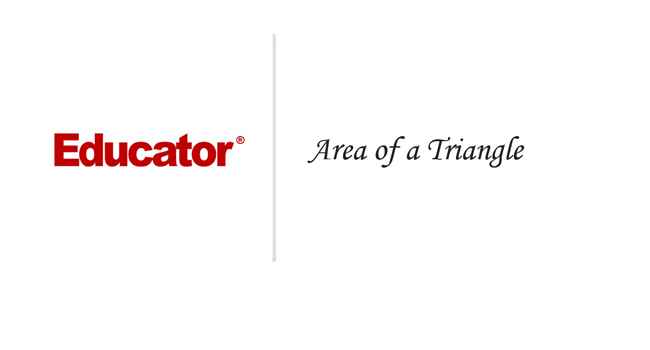Connecting...

This is a quick preview of the lesson. For full access, please Log In or Sign up.
For more information, please see full course syllabus of Basic Math
For more information, please see full course syllabus of Basic Math
Basic Math Area of a Triangle
Lecture Description
In this lesson our instructor talks about area of a triangle. First, she discusses equation and examples for finding area of a triangle. Then, she does three example problems to round up the lesson.
Bookmark & Share
Embed
Share this knowledge with your friends!
Copy & Paste this embed code into your website’s HTML
Please ensure that your website editor is in text mode when you paste the code.(In Wordpress, the mode button is on the top right corner.)
×
Since this lesson is not free, only the preview will appear on your website.
- - Allow users to view the embedded video in full-size.
Next Lecture
Previous Lecture










































 Answer Engine
Answer Engine



1 answer
Thu Jan 2, 2014 4:56 PM
Post by Magdy Mettias on December 22, 2013
thankyou mary you are such a great help
0 answers
Post by chin chang on May 16, 2012
Thanks,it really helped.